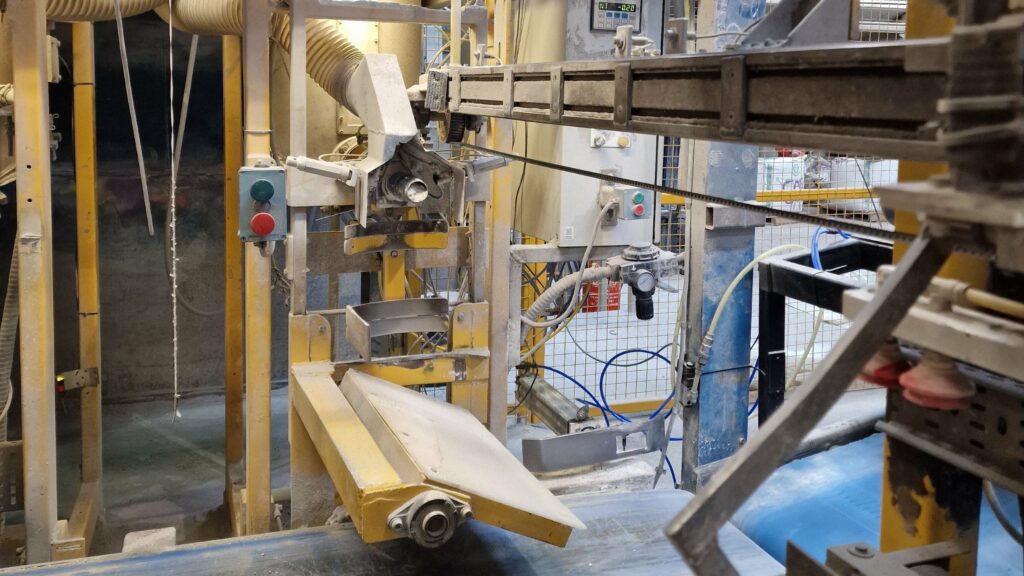
Did you know?
The first concept for a valve-bag was patented in 1898 by Adelmar M. Bates. He added a self-closing spout to the corner of a textile bag. Mr Bates was a “salt seller” who’s demand was more than his company could physically pack. Once he had developed this new style of bag, Mr Bates then patented a machine that would weigh the bag as it was being filled. Seeing the machine’s potential, he targeted larger markets packing dusty products like cement, plaster and lime.
Mr Bates’ work has led to the development of Valve Bag Packers (Valve Sack Filling Machines, Valve Packers) that can handle a range of bulk materials, such as powders, granules, and pellets.
Why Valve Sacks?
Valve sacks have found their primary application in the handling of powdered products and small grade granules. Their smaller valve openings mean that a packing machine can better control the filling accuracies whilst reducing product loss. Although many granular or pelleted products can be packed into valve bags, the majority of valve bag usage revolves around powdered products and their mixes.
One of the earliest advantages of valve sacks was their self-closing nature, which significantly reduced the labour required for filling and sealing compared to traditional open-mouth sacks of that era.
Despite various innovations in valve design, such as film lock and double traps, the self-closing mechanism does not provide a completely airtight seal. For that reason, in industries like chemicals/minerals and food, ultrasonic sealing is often used to ensure product integrity.
Additional benefits of valve sacks include their capacity to achieve a tighter fill and their square shape, making for a more stable stack on a pallet, in contrast to other bag types like open-mouth and form-fill-seal (pillow) bags.
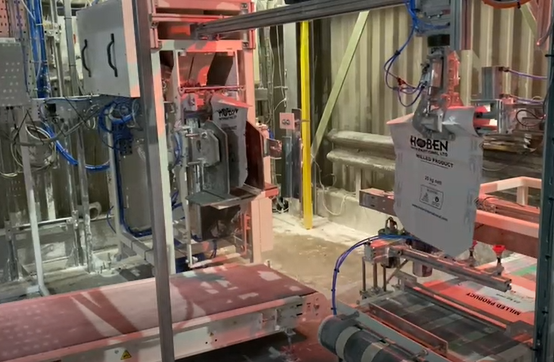
Which Valve Sack Packers should I consider?
There are different Valve Baggers which are designed and configured to suit different products and bag materials depending on the industry, production requirements. Most commonly these machines are designed and constructed for heavy industrial environments, packing anything from fine powders ranging up to approximately 6mm aggregates.
Here are some of the different Valve Sack Packers that Autopak offers.
Air Packer (Turbo Packer)
The Air Packer uses compressed air to fluidize the product held in its chamber and fill valve sacks. This machine is better suited for powders, granules and aggregates (up to 6mm).
These packing systems are popular with mineral process plants and the food industry as there are few moving or wear parts to maintain, easy to clean and are reliable.
https://www.autopakmachinery.co.uk/product/turbo-packer/: Valve Sack Packing: A Guide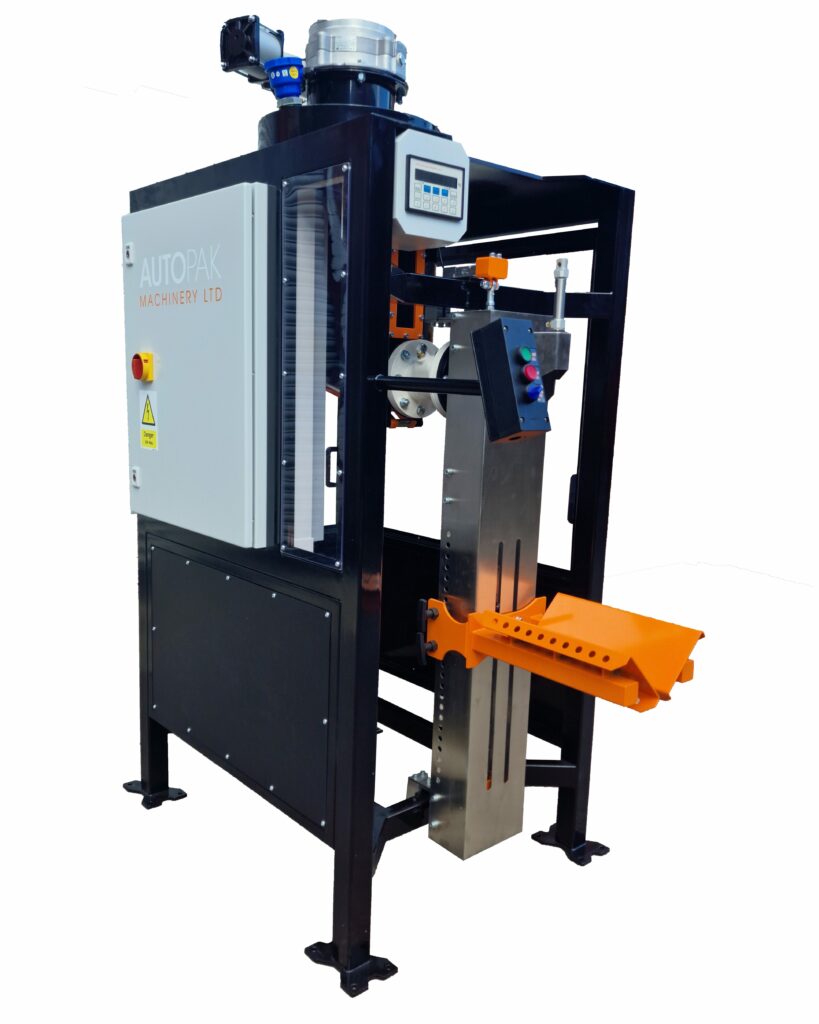
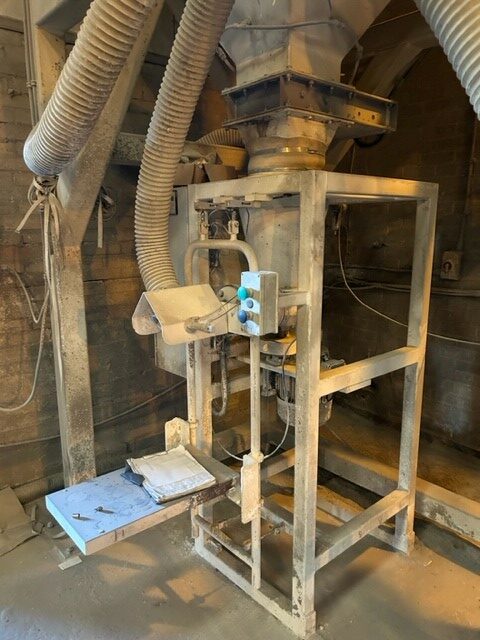
Impeller Packer
The Impeller Packer uses a rotating impeller or paddle wheel to move the product and fill valve sacks.
These machines are best suited for lightweight products such as flour, paint pigments, lime or cement.
Combination Packer (Flowjet 2020)
The Flow Jet 20-20 combines the speed of an Impellor Packer with the versatility of an Air Packer.
This packer handles a wider range of materials making it suitable for most environments.
https://www.autopakmachinery.co.uk/product/flow-jet-20-20/: Valve Sack Packing: A Guide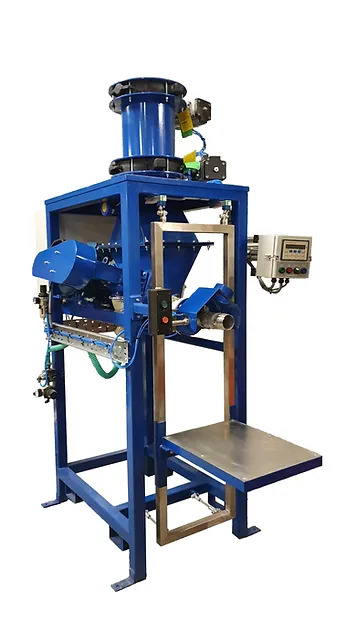
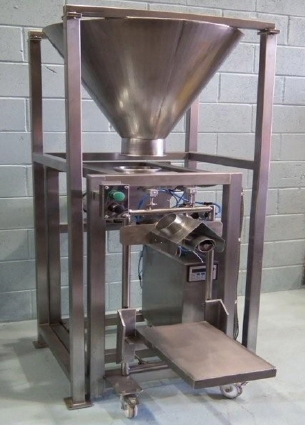
Auger Packer (SC-2 / SC-3)
The Auger Packer use an auger or screw to pack powder or granular products into valve sacks. These machines are suitable for fine, free-flowing and granular materials, such as cements, flour, small granules and chemicals.
This is a slower style of packing, but it does offer a solution for a wider range of products, such as sticky materials.
https://www.autopakmachinery.co.uk/product/auger-packer/: Valve Sack Packing: A GuideAP-4000 Integral Air Packer
The AP-4000 offers a fully automated solution all housed within one frame.
This machine has been purposely designed to work in a high demand environment where it needs to run for long periods of time without operator interaction.
More information to follow.

View our range of Valve Sack Packers
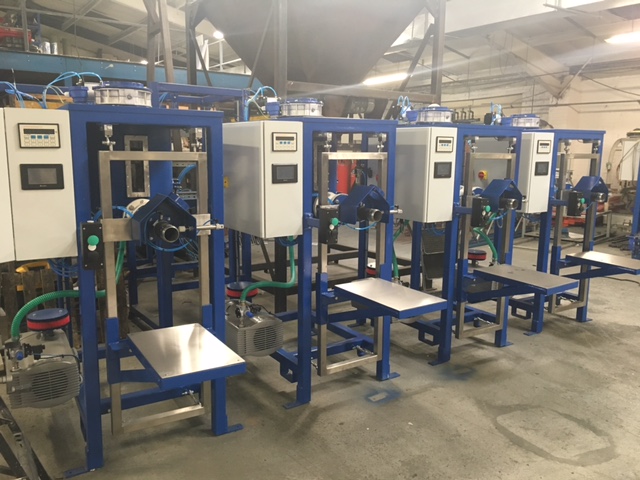
Which Valve Packer is right for me?
We have listed our most common Valve Sack Packing Machines above, with the Air Packer being the most popular by far. This is through its versatility and accuracy.
While there is no hard and fast rule as to which packer would be best suited for your products. We would traditionally use the Air Packer for powders to granules, the Impeller Packer for lighter materials and an Auger Packer for stickier products where you don’t want air to be introduced. Our recommendation is to contact us and to talk to one of our experts. We would normally ask for samples of your product and plan a trial where possible.
What else should I consider?
As much as these packers can be used as standalone packing systems, handled by an operator. Autopak offer different layers of automation to take the pressure off of your operators and production line; Automatic Sack Placing, in-line Printing/Labelling, Checkweighing and Metal Detecting, Palletising (Robotic or Low-Level), Pallet Wrapping, and Pallet Transfers. All with full control and safety, supplied by Autopak Machinery Ltd.
